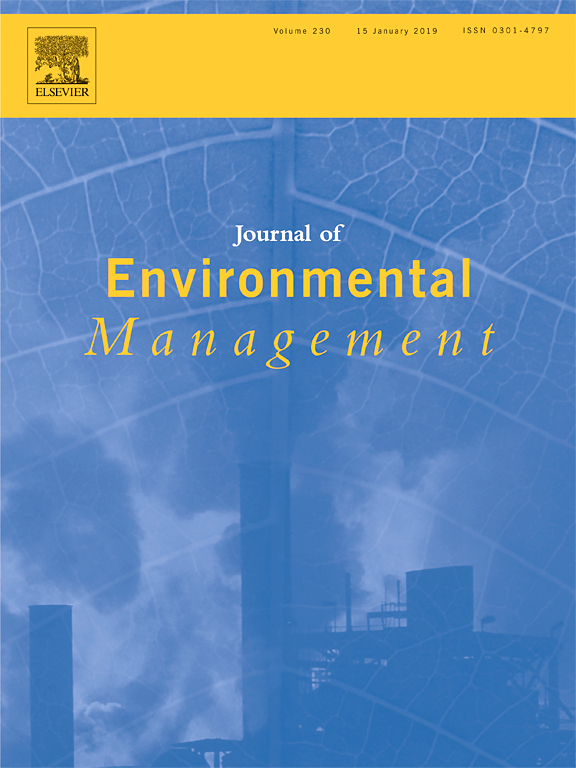Reforestation and afforestation either through natural regeneration, tree planting or both methods have been globally promoted to motivate ecological restoration of degraded lands and to improve livelihoods. However, moisture stress and infertile soils limit the survival and growth of trees planted for restoration in drier areas. Hence, understanding the factors that determine the restoration success of drylands through tree planting is critical. We conducted a factorial experiment in Tigray, Ethiopia to evaluate the survival, growth performance and biomass of planted seedlings of the multipurpose agroforestry tree species Acacia saligna over 24 months. The treatments were application of watering (W), mulching (M) and compost (C) separately and in combinations (WM, WMC). We established experimental plots on farmland and on a nearby hillside-exclosure to examine the role of planting niches on seedling performance. Seedlings treated with watering, mulching, and compost (WMC) revealed significantly greater height, root collar diameter (RCD), and dry biomass compared to the other treatments. Seedlings planted in farmland showed significantly greater height, RCD, and total dry biomass compared to those planted at the hillside-exclosure. Although the survival rate was slightly higher in farmland, we also found sufficient survival rates in the hillside-exclosures. Therefore, post-planting care and activities including mulching, watering and fertilization are crucial to enhance the survival and growth performance of A. saligna or other tree species so that efforts in reversing land degradation and restoration of drylands will be successful.
DOI:
https://doi.org/10.1016/j.jenvman.2024.121941
Puntuación Altmetric:
Dimensiones Recuento de citas:



















